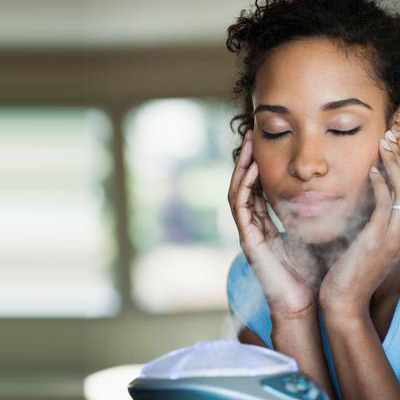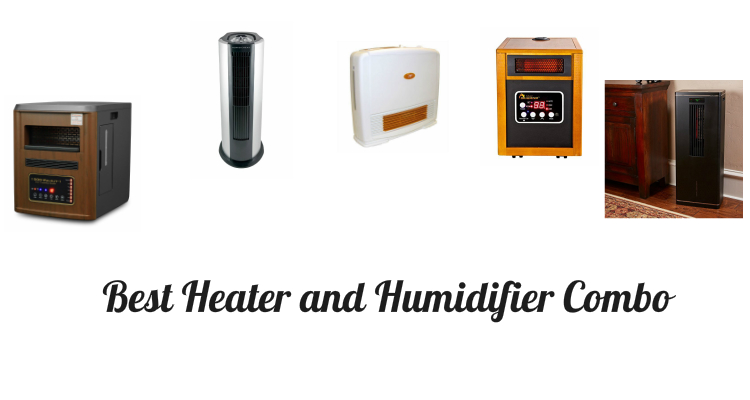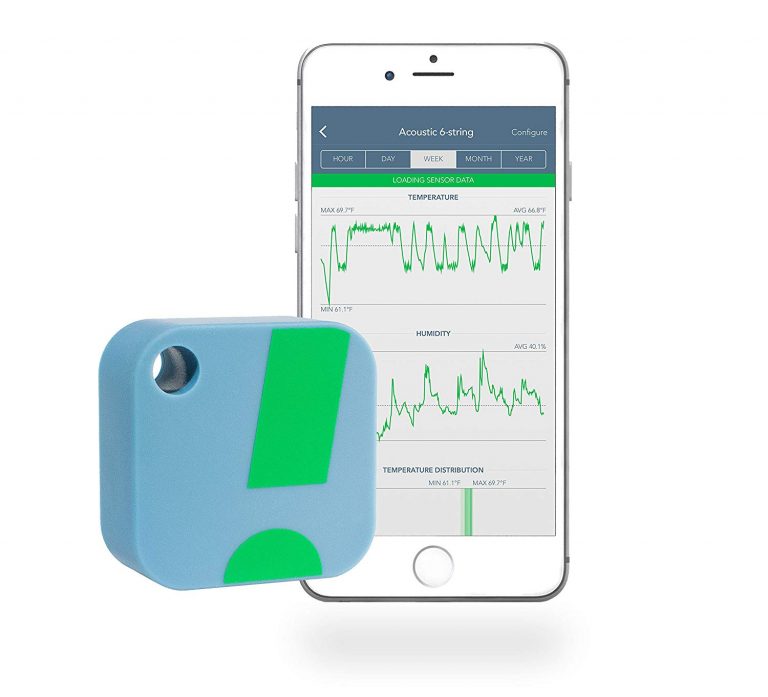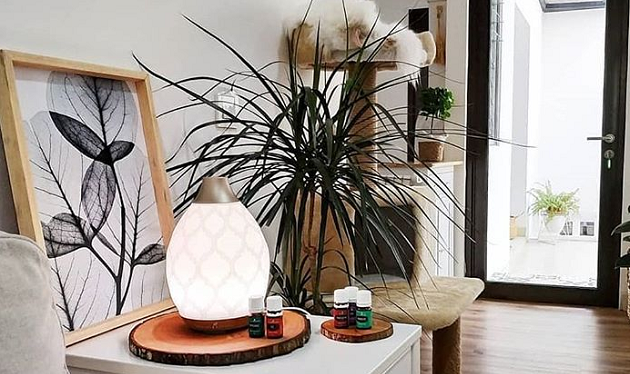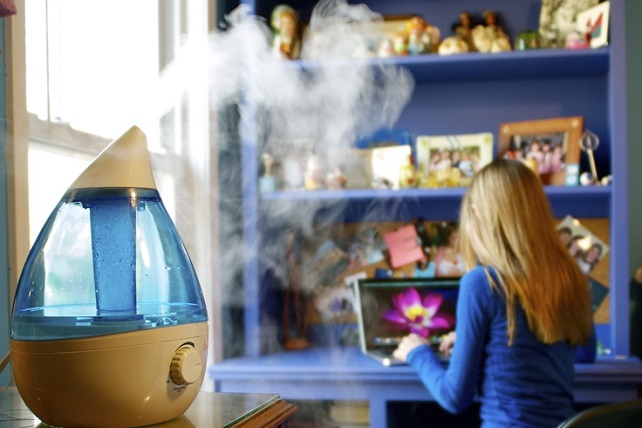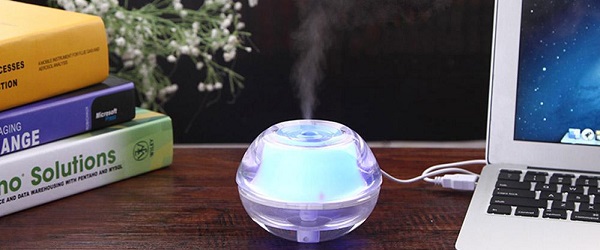Top Humidifiers for Allergies: Boost Relief & Air Quality
Struggling with allergies can be a real hassle, especially when you’re trying to find relief within the walls of your own home. I’ve discovered that the right humidifier can be a game-changer, helping to soothe irritated sinuses and reduce allergens in the air.
In this article, I’ll guide you through the best humidifiers on the market tailored to alleviate allergy symptoms. We’ll explore how these devices can create an optimal environment for your respiratory health, and why maintaining the right humidity level is crucial for allergy sufferers.
Best Humidifiers for Allergies
When you’re struggling with allergies, every breath counts. That’s why finding the right humidifier can be a game-changer. I have researched and tested various models to find the best humidifiers that cater specifically to allergy sufferers. Let’s dive into a few top picks.
The first recommendation is the Pure Enrichment MistAire Ultrasonic Cool Mist Humidifier. It’s incredibly user-friendly and effectively maintains a consistent level of humidity to help prevent the dryness that often exacerbates allergy symptoms. Its ultrasonic technology operates quietly, so it won’t disrupt your sleep, and the fine mist it emits helps keep airborne particles down.
Another standout is the Honeywell HCM-350 Germ-Free Cool Mist Humidifier. This one features UV technology to kill up to 99.9% of bacteria, mold, fungus, and viruses in the water. It’s a fantastic choice for anyone looking to reduce allergens and improve air quality. Plus, it’s easy to clean—a major plus for anyone concerned with keeping things hygienic.
For those looking for a smart home solution, the Dyson Pure Humidify+Cool is the way to go. Dyson combines air purification with humidification, and it captures 99.97% of particles as small as 0.3 microns with its HEPA filter. It’s a premium option that not only adds moisture to the air but also cleanses it of allergens and pollutants.
Lastly, the Levoit LV600HH Hybrid Ultrasonic Humidifier deserves mention for its high output and versatility. You can choose between cool and warm mist settings, making it suitable for all seasons. Proper maintenance with this one ensures that your air stays moist and clean, helping to alleviate allergy symptoms.
Each of these humidifiers offers unique features that cater to allergy relief, and they can make all the difference in your daily comfort. Remember, maintaining the right humidity level is crucial, and these devices are designed to help you achieve just that. Whichever you choose, you’ll be on your way to easier breathing and hopefully fewer allergy flare-ups.
Understanding Allergies
When I think of allergies, I’m reminded that they are more than just a seasonal annoyance. They’re a reaction by the immune system to foreign substances, known as allergens. These could be anything from pollen and dust to pet dander and mold. It’s vital to recognize that allergens are not inherently harmful, but for some individuals, their bodies identify these substances as threats, which leads to the uncomfortable symptoms of allergies.
In my experience, the typical symptoms like sneezing, coughing, and itchy eyes can disrupt daily life and become quite frustrating to manage. The mechanism behind these reactions involves the release of histamines, which are chemicals in the body that cause inflammation and other symptoms in an attempt to protect against the allergen.
What I’ve found particularly interesting is that allergies can be either seasonal or perennial. While seasonal allergies are usually linked to outdoor allergens like pollen, perennial allergies persist year-round and are often due to indoor irritants like dust mites, pet dander, and even certain types of mold.
You might wonder, how does humidity fit into this picture? It’s quite straightforward: maintaining an optimal humidity level indoors can play a critical role in allergy management. Excessively dry air can irritate the respiratory system and mucous membranes, thus exacerbating allergy symptoms. Similarly, high humidity can create an ideal environment for mold growth and increase dust mite populations, which are common triggers for allergic reactions.
By keeping indoor humidity levels around the recommended 30-50% range, we can help mitigate these issues. It’s a delicate balance, but one that’s crucial for creating an environment that’s less likely to aggravate allergies. That’s where a good humidifier comes into the picture—it can be the key to maintaining the perfect humidity level to soothe and alleviate allergy symptoms.
How Humidifiers Can Help
Humidifiers serve as a beneficial tool for those who suffer from allergies. By releasing moisture into the air, they help maintain optimal indoor humidity levels, which is crucial for minimizing allergy symptoms. Typically, the ideal indoor humidity level is between 30% and 50%. Within this range, the air is moist enough to soothe irritated nasal passages but not so humid to foster allergens like mold and dust mites.
Proper humidity can reduce the presence of airborne allergens because:
- Dust mites thrive in high humidity, and by keeping the air on the drier side of the optimal range, you create an environment less hospitable for them.
- Moisture in the air can alleviate the dryness in your nasal passages, reducing irritation and allowing the body’s natural defenses to work effectively.
- Mold growth requires a certain level of moisture, so maintaining the humidity below this threshold helps deter its development.
Choosing the right humidifier can make a difference. Ultrasonic and evaporative humidifiers are among the most popular types. Ultrasonic units use high-frequency vibrations to create mist while evaporative models use a fan to blow air through a wet wick filter. It’s also vital to consider features like a built-in hygrometer for humidity level monitoring and an automatic shut-off function for safety and convenience.
Maintenance is essential when using a humidifier:
- Regular cleaning is necessary to prevent the growth of bacteria and mold in the unit itself.
- Replacing filters or wicks according to the manufacturer’s instructions helps ensure optimal performance.
- Using distilled or demineralized water reduces mineral buildup and the emission of white dust into the air, which can be an irritant.
Integrating a humidifier into your daily routine could greatly enhance your comfort by providing a more allergy-friendly environment. While it won’t cure allergies, it’s a step towards managing symptoms and improving overall air quality in your home. Remember to pair this strategy with other allergen-reducing practices for the best results.
Choosing the Right Humidifier for Allergies
When selecting the best humidifier to manage allergies, it’s vital to understand that not all humidifiers are created equal. The two main types that are typically recommended for allergy sufferers are ultrasonic and evaporative humidifiers.
Ultrasonic humidifiers use high-frequency vibrations to generate a fine mist, which is then released into the air to add moisture. One of the advantages of these models is that they tend to operate more quietly, which can be beneficial if you’re using the humidifier in a bedroom. They also tend to be easier to clean, an essential factor in preventing the growth of allergens.
On the other hand, evaporative humidifiers work by drawing air through a wet wick or filter, which adds humidity to the air. A key benefit is that they’re self-regulating; as the humidity in the room rises, the effectiveness of the evaporation process decreases, which prevents over-humidification. This can be crucial in ensuring the indoor humidity stays within the 30% to 50% range ideal for alleviating allergy symptoms.
When making your decision, it’s also crucial to look at the features that enhance ease of use and contribute to maintaining a clean environment:
- Built-in hygrometers can help keep track of the humidity levels in the room, so you can adjust the settings accordingly.
- Models that sport antimicrobial filters or UV light sanitation can further reduce the chance of allergens and pathogens proliferating.
- Ease of cleaning should not be underestimated. Regular maintenance prevents mold and bacteria buildup, which is especially important when you’re tackling allergies.
In addition to these features, the size of the room you’re adding humidity to is also a determining factor in choosing your humidifier. Larger rooms may require devices with greater output, while smaller spaces might benefit from a more compact model. Always check the manufacturer’s specifications to ensure that the unit’s coverage area aligns with your needs.
Maintenance and Care Tips for Allergy-Friendly Humidifiers
Keeping your humidifier clean is essential for allergy management. Regular maintenance can prevent the growth of mold and bacteria, which are potential allergens themselves. My go-to strategy for maintaining a healthy environment includes:
- Daily Rinsing: Empty the water tank, rinse it with clear water, and dry it thoroughly each day to prevent microbial growth.
- Weekly Cleaning: Use a mixture of water and white vinegar or a bleach solution to disinfect the water tank at least once a week. This step is crucial in eradicating any unseen mold spores or bacteria colonies that could worsen allergies.
- Filter Replacement: If your humidifier has a filter, follow the manufacturer’s instructions on how often to replace it. This is typically every one to three months. A fresh filter ensures efficient operation and cleaner moisture output.
Humidity Level Monitoring
Too much humidity can be just as problematic as too little. Ideal indoor humidity levels should range from 30% to 50%. To keep a precise check on humidity levels, I always recommend using a humidifier with a built-in hygrometer or investing in a separate hygrometer. Excessive humidity can lead to condensation, which encourages the growth of dust mites and molds, so being vigilant with monitoring ensures you stay in the sweet spot for allergy control.
Smart Habits for Allergy Sufferers
In addition to cleaning and monitoring, adopting smart habits can further enhance the benefits of using a humidifier for allergies:
- Always use distilled or demineralized water to minimize mineral deposit build-up and reduce the white dust that can trigger allergies.
- Opt for humidifiers with antimicrobial materials or features that are specifically designed to inhibit the growth of pathogens.
- Keep the humidifier in an area with good airflow to distribute humidity evenly and maintain consistent moisture levels throughout the room.
By adhering to these care guidelines, allergy sufferers can enjoy the full potential of their humidifiers without the added worry of contributing to allergy triggers.
Conclusion
Choosing the right humidifier and adopting proper maintenance habits can make a significant difference for those with allergies. I’ve learned that diligent care, including using the right type of water and keeping the unit clean, is just as crucial as the humidifier itself. Remember, it’s not just about adding moisture to the air; it’s about ensuring that moisture is clean and healthy to breathe. With these tips in mind, you’re well on your way to creating a more comfortable and allergy-friendly environment in your home.

